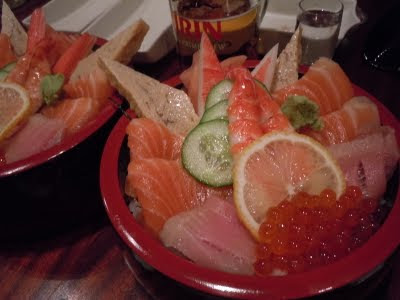

 And why not stick Yankl alongside the legendary Bobov cantor Benzion Miller for some otherworldly scat nigun singing on the basis of Dave Tarras and Moishe Oyser's “Stanton Street / Chassidic In America” arrangement. Hey, and let's throw in cantorical world music wonder boy Jeremiah Lockwood of the Sway Machinery for good measure? Now are we satisfied? Michael Alpert is another friend who I actually hang with more on the road at festivals than at home in New York.
And why not stick Yankl alongside the legendary Bobov cantor Benzion Miller for some otherworldly scat nigun singing on the basis of Dave Tarras and Moishe Oyser's “Stanton Street / Chassidic In America” arrangement. Hey, and let's throw in cantorical world music wonder boy Jeremiah Lockwood of the Sway Machinery for good measure? Now are we satisfied? Michael Alpert is another friend who I actually hang with more on the road at festivals than at home in New York. He was presenting a program of music reflecting his decades of working with Julian Ktasty, the New York Ukrainian American bandurist who is one of the leaders in the revival of the bandura tradition (Stalin murdered all the existing Ukrainian bards in the 1930s in his effort to destroy Ukrainian identity.) And where there is an Alpert, it is not unlikely to find Stu Brotman playing bass.
He was presenting a program of music reflecting his decades of working with Julian Ktasty, the New York Ukrainian American bandurist who is one of the leaders in the revival of the bandura tradition (Stalin murdered all the existing Ukrainian bards in the 1930s in his effort to destroy Ukrainian identity.) And where there is an Alpert, it is not unlikely to find Stu Brotman playing bass.





Tuesday, July 19, 2011
Krakow Festival of Jewish Culture: The "Hang"
Klezmer music is a marginal music market at best. It has never produced a cross-over superstar figure. It is rarely broadcast on radio or played in clubs. It isn’t sure whether it is a folk music, a branch of world music, or a launch pad for contemporary composition. It is all of these and none of these.
Subscribe to:
Post Comments (Atom)
1 comment:
YOU DO SUCH AN EXCELLENT JOB OF REPORTAGE! Thank You again! Magyar-American Blog...
Post a Comment